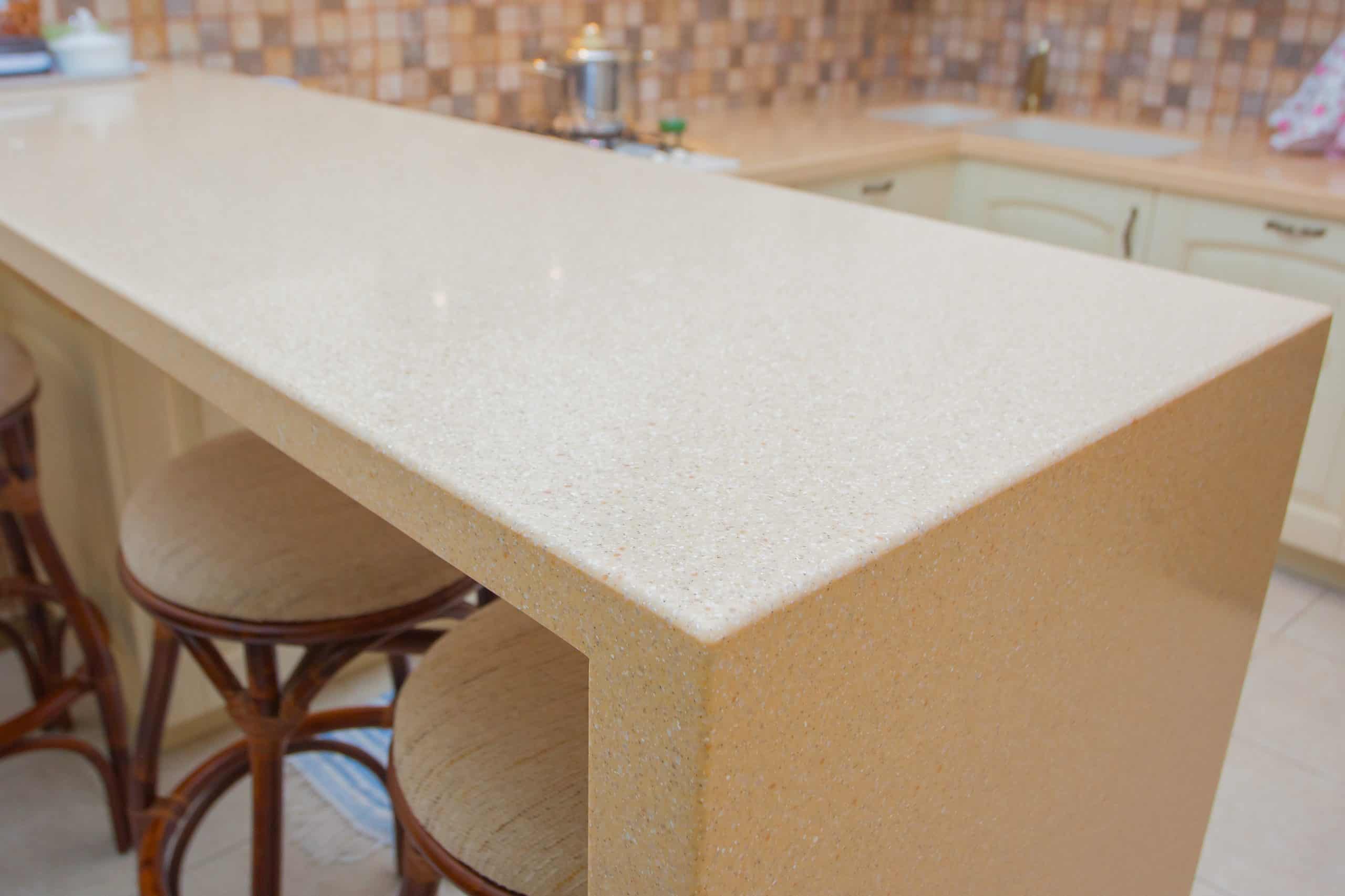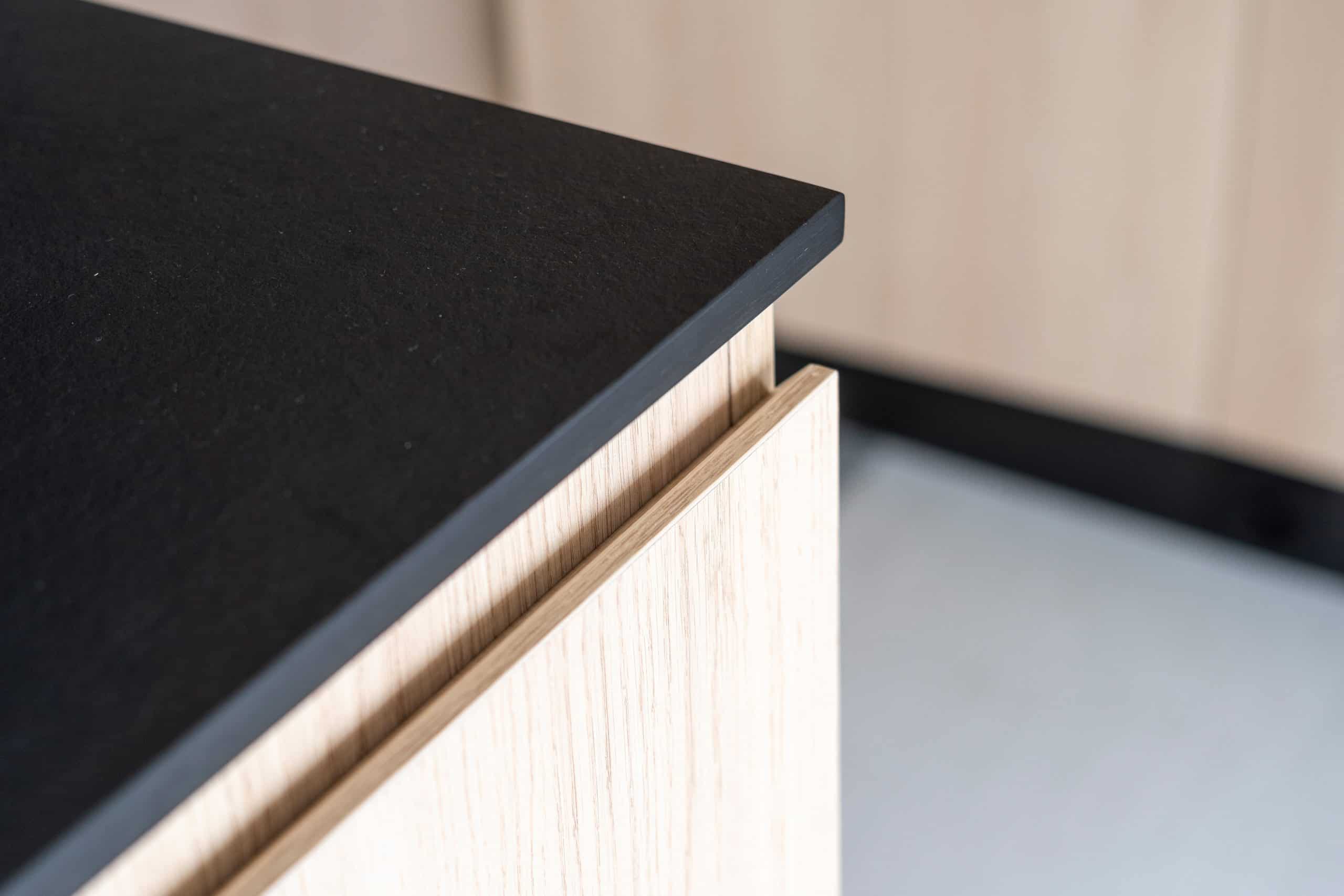Are your stone surfaces losing their luster? Diamond Stone Restoration Corp, serving New York City, brings back the inherent beauty of your stone. We revitalize your marble, granite, and other natural stones, transforming them into stunning space features in Alphabet City, NY.

Hear from Our Customers

We specialize in stone restoration in New York City, passionately revitalizing your surfaces. Understanding the area’s unique features, we customize our services accordingly. Our team combines traditional techniques with modern technology for excellent results on every project. We prioritize client collaboration and keep communication open during the restoration process. Our dedication to quality workmanship and customer satisfaction establishes us as a leading stone restoration provider in New York City.


Ready to get started?
Stone restoration is a testament to the enduring allure of natural materials. It’s about more than just cleaning; it’s about revealing the inherent beauty beneath years of wear. With Diamond Stone Restoration Corp, you’re not just getting a service; you’re gaining a partner who understands the nuances of NY stone and the importance of preserving its legacy. We invite you to experience the transformative power of our touch and rediscover the elegance within your stone surfaces. Contact us today.

Prior to development, most of present-day Alphabet City was a salt marsh, regularly flooded by the tides of the East River (technically an estuary, not a river). Marshes played a critical role in the food web and protected the coast. The Lenape Native Americans who inhabited Manhattan before European contact presided over similar ecosystems from New York Bay to Delaware Bay. They tended to settle in forest clearings. In summer, however, they foraged shellfish, gathered cordgrass for weaving, and otherwise exploited the wetlands.
Dutch settlers brought a different model of land ownership and use. In 1625, representatives of the Dutch West India Company set their sights on lower Manhattan, with plans for a fortified town at its tip served by farms above. In 1626, they “purchased” the island from a local Lenape group and began parceling the land into boweries (from the Dutch for “farm”). The northern half of the Alphabet City area was part of Bowery Number 2. The southwest quarter was part of Bowery Number 3. Both belonged initially to the company but were soon sold to individuals. By 1663, a year before surrendering the colony to England, Director General Peter Stuyvesant had acquired the relevant part of Number 2 and much of Number 3 from other settlers. The company divided the southeast quarter of Alphabet City into small lots associated with larger parcels further away from the shore. In this way, upland farmers gained access to the unique tidal ecosystem-“salt meadow” as they called it-and with it, “salt hay,” a cordgrass species valued as fodder. In his influential Description of New Netherland (1655), Adriaen van der Donck informed his fellow Dutchmen:
There [are] salt meadows; some so extensive that the eye cannot oversee the same. Those are good for pasturage and hay, although the same are overflowed by the spring tides, particularly near the seaboard. These meadows resemble the lows and outlands of the Netherlands. Most of them could be dyked and cultivated.
Learn more about Alphabet City.
Local Resources
Useful Links
Ready To Restore The Beauty Inside Your Stone?
Contact us today!
Diamond Stone Restorations Corp
Company
Support
Useful Links